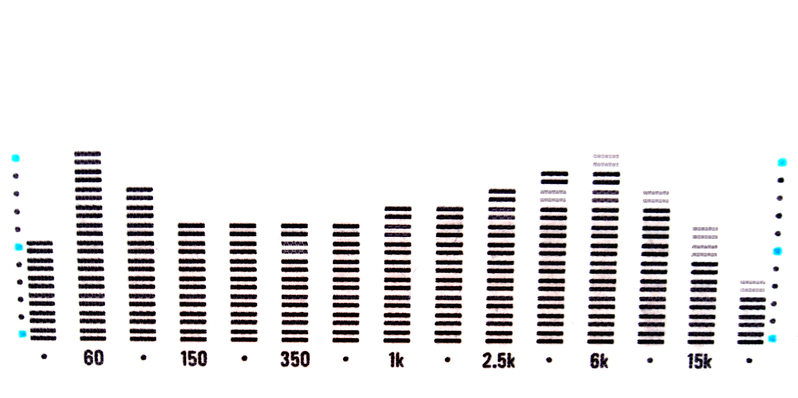Equalization is one of the most commonly used tools in the audio mastering engineer’s toolbelt. It’s not just a powerful mastering tool, but it’s also great for getting a number of different aesthetic results from both a final mix as well as individual instrumental or vocal tracks. What equalization really does is isolate and boost certain frequencies in a track. From an aesthetic point of view, you can use EQ to isolate certain frequency ranges on a vocal track and boost their influence over that aspect of the mix, thus making the voice sound like it’s coming from under water, through a tin can, through a phone receiver, and much much more, depending upon how it’s used.
Let’s specifically talk about how you can use it on a finished mix to make your mixed song sound a lot better.
First, it’s generally recommended that you bounce all of your tracks to a final mix, or basically mix all of your tracks then render to a final, single file mix which can then be processed using any number of plugins, including EQ. Applying processing on the main output of a multi track mix will yield more complex and often unwanted results as compared to applying it to a single, rendered WAVE or AIFF file.
After you’ve dropped your mixed WAVE or AIFF file into your digital audio workstation, apply your favorite EQ plugin. This breaks that mix into different bands of frequency which you can then boost or diminish their influence over the mix accordingly.
Boosting different frequencies via equalization will yield different results. First, listen to your mix and decide if any part of it, whether that’s the lows, mids, or highs need to be warmed. You can bring a lot more lower presence to your mix by boosting the low end. The bass and kick of the drum will obviously be better represented in doing this. Warming the mids will generally boost the vocals but more importantly maintain the identity of the mix will simply giving it a bit more presence. If you’re not sure of what to do or where to boost, or simply don’t want to drastically affect the sound of the mix, the mids are a good place to work.
Boosting the high end will succeed in making your mix sound cleaner, but you have to boost the high end in moderation or you risk making your song sound abrasive and grating on the ears of your listeners by over-accentuating the tinny sounds of your mix.
The best way to use equalization is to experiment with it yourself to discover how changes here or there yield different results.
